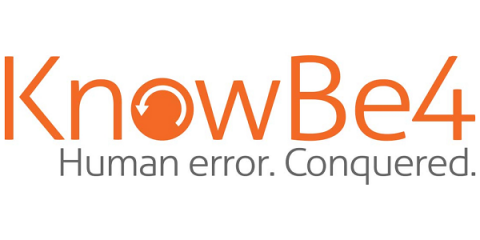BEC Scams Have Caused $55 Billion in Losses Over the Past Ten Years
Business email compromise (BEC) attacks have caused more than $55 billion in losses between 2013 and 2023, according to an advisory from the U.S. Federal Bureau of Investigation (FBI). “The BEC scam continues to target small local businesses to larger corporations, and personal transactions while evolving in their techniques to access those business or personal accounts,” the FBI says.



